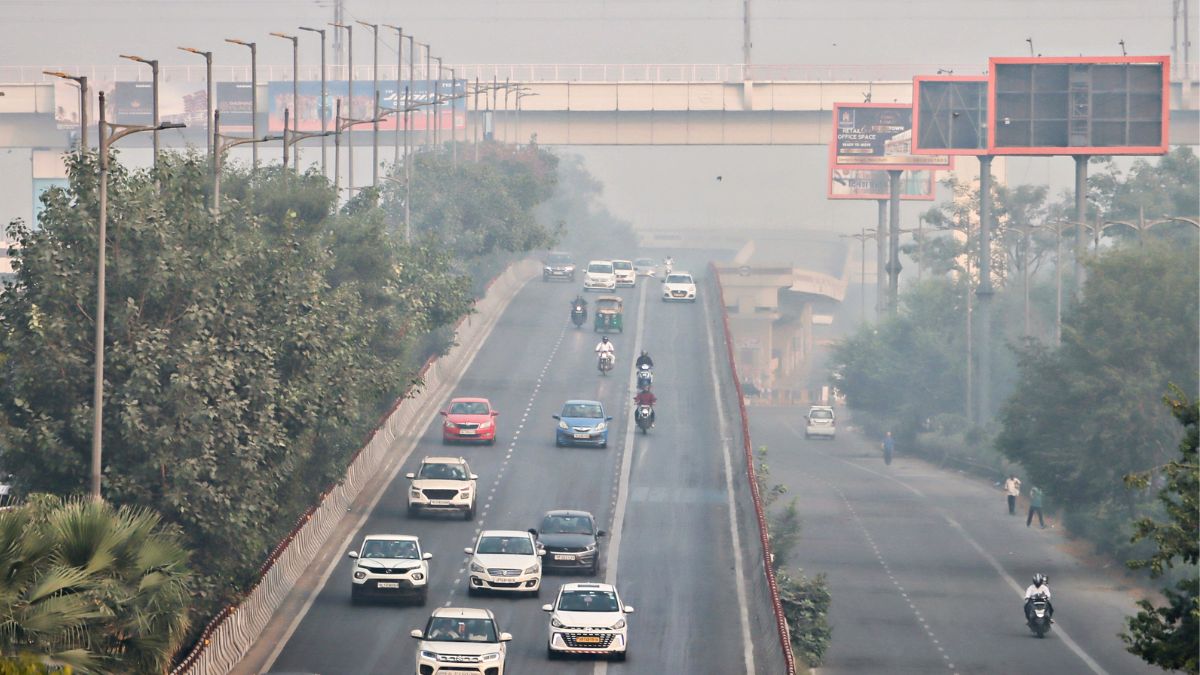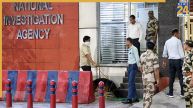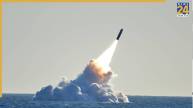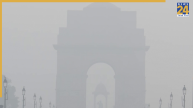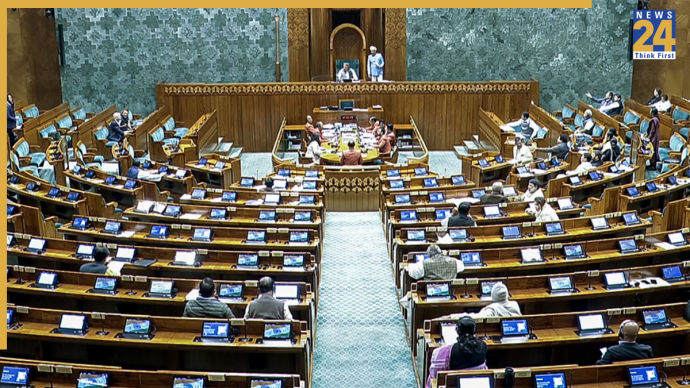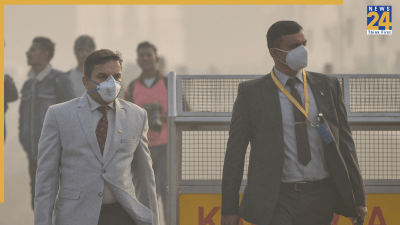Delhi woke up to sky with thin layer of smog and very poor AQI which stood at 317 as per the Central Pollution Control Board (CPCB) data. Despite the ban on firecrackers, Delhi witnessed continuous sounds of firecrackers and grey smoke as part of Diwali celebration.
The relentless bursting of firecrackers in the national capital affected the air quality and further deteriorated the level. Delhi’s Air Quality Index (AQI) on Thursday as of 4pm stood at 328 which comes under poor category.
AQI of Delhi at 8 am on Friday, stands at 362 which comes under very poor category.
Delhi’s Anand Vihar recorded ‘very poor’ AQI which stood at 395. Chandni Chowk also recorded ‘very poor’ AQI with 338 as of 8 am.
#WATCH | Delhi: A thin layer of smog engulfs the National Capital as the air quality continues to deteriorate.
— ANI (@ANI) November 1, 2024
As per the CPCB, the AQI of the area is 317, in the 'very poor' category.
(Visuals from India Gate) pic.twitter.com/nKvFMOPZrd
AQI Above 300 Over These Regions
Several regions of the national capital have recorded AQI of ‘very poor’ category. As of 8 am, the AQI in these areas stood above 300 which are Lodhi Road (355), Dwarka-Sector 8 (376), Bawana (396), Ashok Vihar (389), Punjabi Bagh (393), Mundka (375), Jahangirpuri (390), Najafgarh (329), Patparganj (365), Punjabi Bagh (393), Pusa (398), Vivek Vihar (377), Wazirpur (390).
According to data provided by the System of Air Quality and Weather Forecasting and Research (SAFAR), Air quality index (AQI) of Delhi, touched 359 at 6:30 am, which falls under the ‘very poor’ category. The AQI on the morning of Diwali was at 328.
Delhi Environment Minister Gopal Rai on Diwali Eve had announced that 377 teams were formed to enforce the ban on firecrackers across the national capital. But despite these efforts, there was no check and people continued to burst crackers in the national capital.
Also Read: Andhra Man Blown Apart As Sack Of ‘Onion Bomb’ Firecrackers Explodes Accidentally – WATCH

